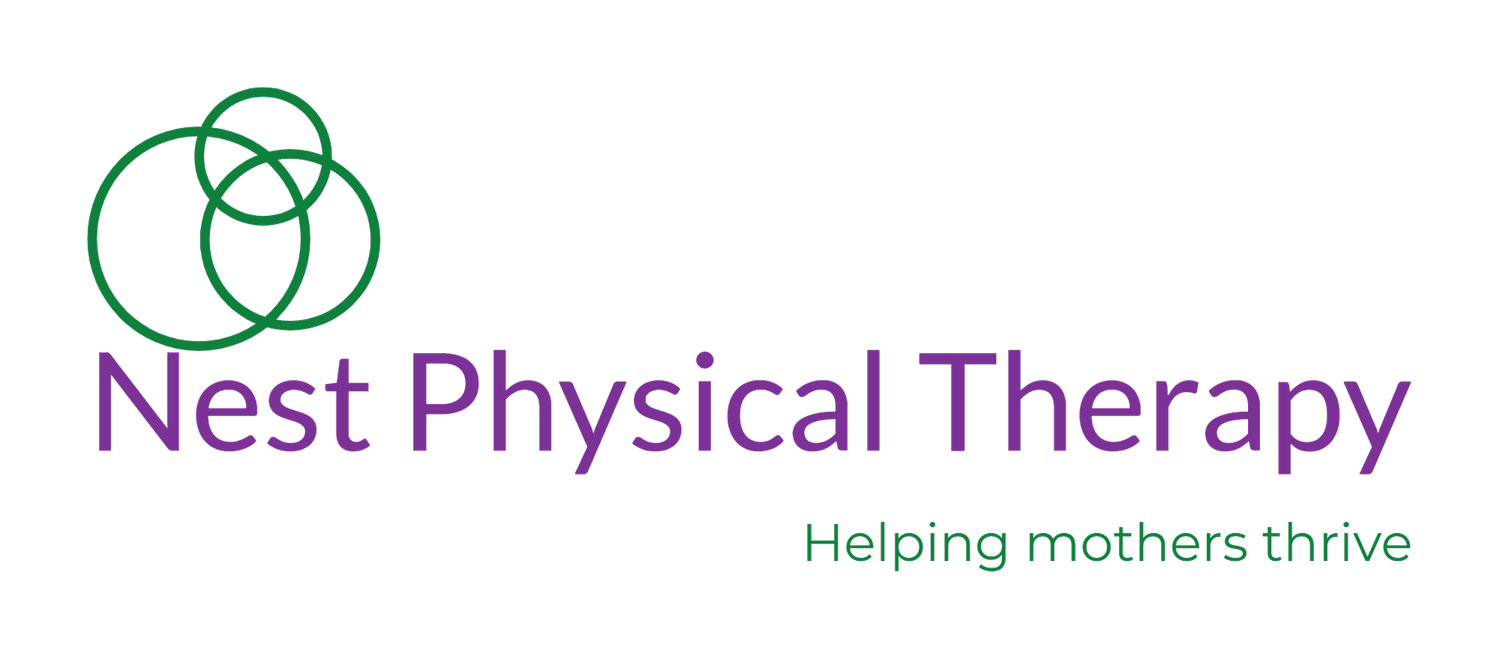#11 Your Super SI Joints
Continuing our study on the pelvis during childbirth, this blog post will look at the sacroiliac joints, or SI joint for short. You have an SI joint on each side of your sacrum (the triangular shaped bone at the base of your spine.) This joint is held together by a capsule and surrounding strong ligaments. There is not a whole lot of movement at these joints but there is enough play in them to allow the pelvis to mold in response to the baby descending the birth canal.
When labor begins and the baby’s head begins to descend downward from the greater pelvis into the lesser pelvis, the first opening that must widen is the pelvic inlet. This is the top of the boney ring of your pelvis. Together with the pubic symphysis and a backward tip of the sacrum, the SI joints widen at the top and compress at the bottom effectively making the pelvic inlet wider for baby’s head to fit into the birth canal. Labor progresses, the baby moves down, and then the baby’s head presses down on the pelvic floor muscles. This signals to your body that it is time to open the pelvic outlet, the space between your sit bones at the bottom of your pelvis. The SI joints and pubic symphysis conform, the sacrum tilts forward, the tailbone tips backward, and the baby can be born! Sounds simple, right? A mother’s body is amazing an complex during childbirth. This is when positioning is important because if the SI joints are immobilized, such as when pressed against the bed lying on your back, the pelvic outlet is a bit smaller and the risk of a perineal tear increases.
Preparation for birth regarding the SI joints includes normalizing your hip mobility. If you have asymmetries during pregnancy, pain on one side of your pelvis or sciatica, you should address that area with appropriate stretches, exercises, or treatments. If you still have pain postpartum, or notice one hip is higher than the other, you should address that too. Sometimes an SI joint gets stuck and the persistent altered gait or postures lead to back, hip, or knee pain down the road. Don’t limp around! Contact a physical therapist or chiropractor for help.
